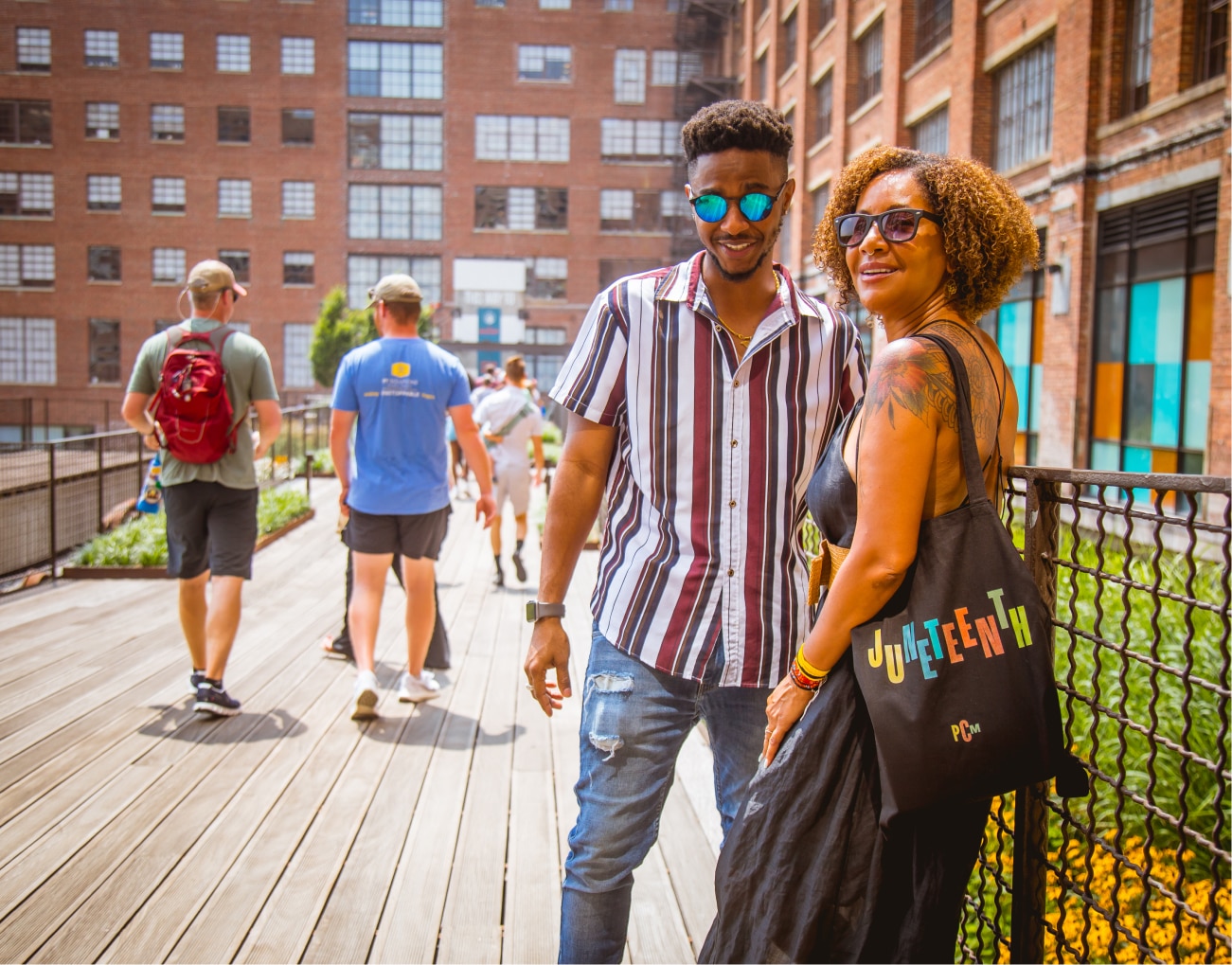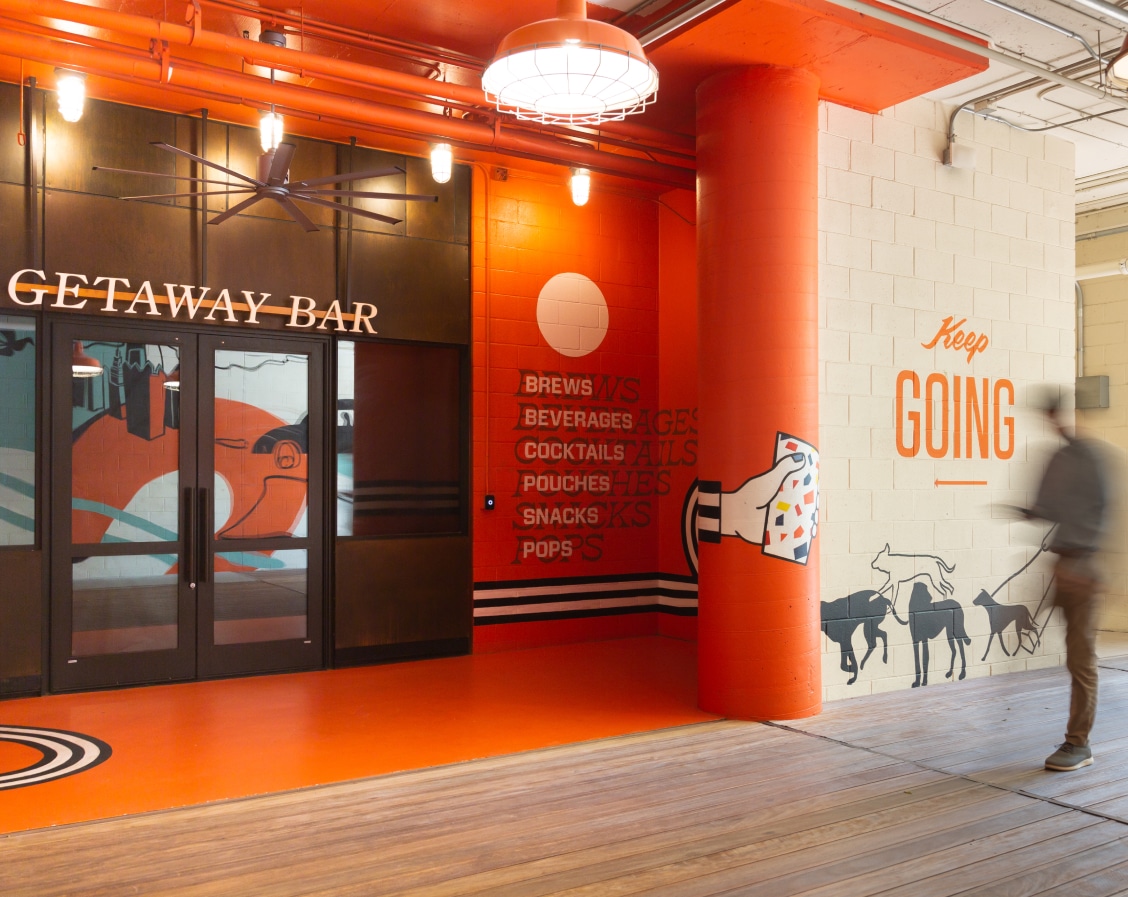Named for Spanish explorer Juan Ponce de León’s mythical search for the Fountain of Youth, Ponce de Leon Springs attracts Atlantans seeking rest and rejuvenation in the 1860s. By 1874, the horse-drawn Atlanta Street Railway begins bringing visitors to the area, with more arriving by the Nine-Mile Circle streetcar line in the 1890s.
Ponce City Market is history in the making
This is how it happened
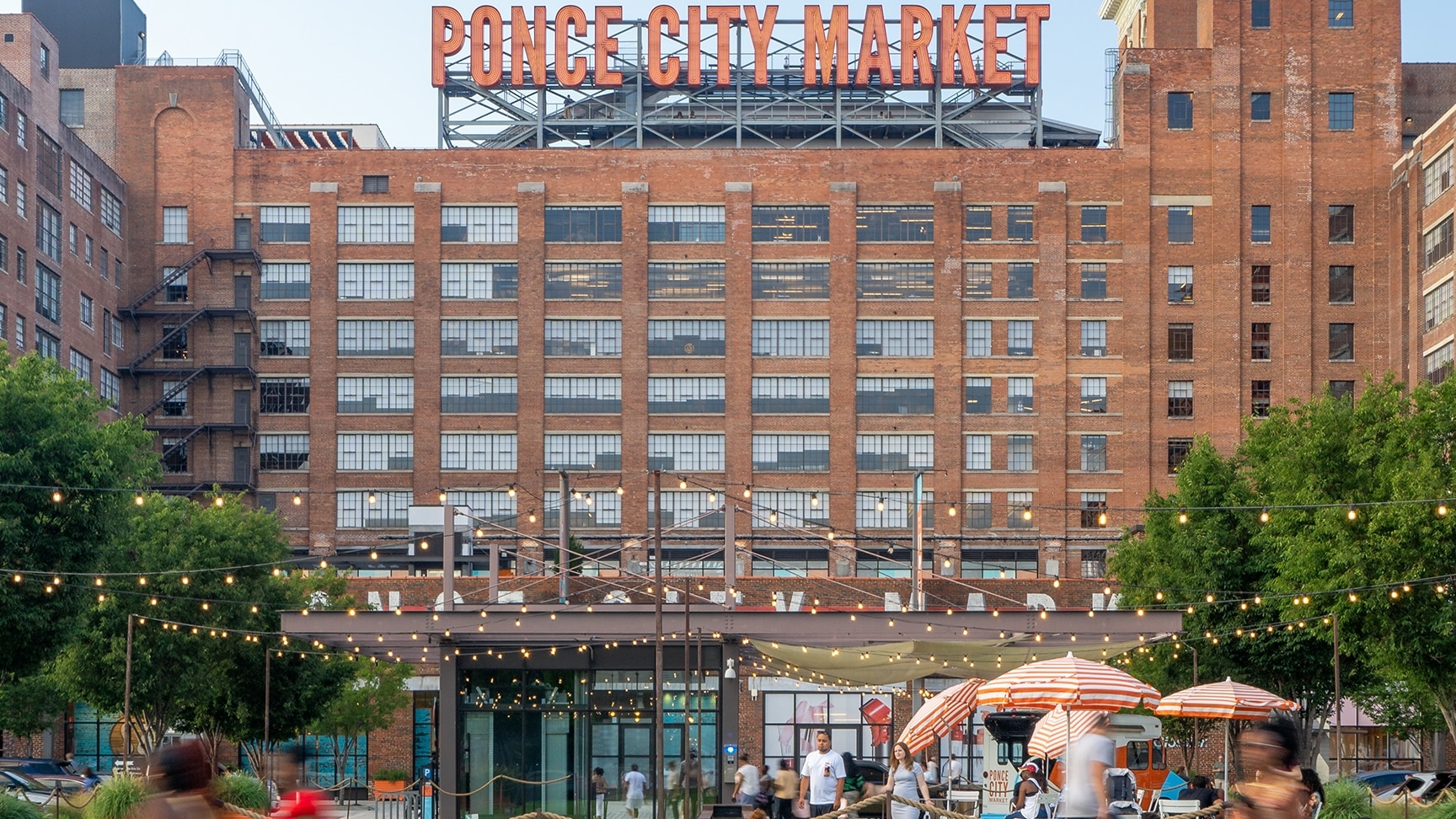






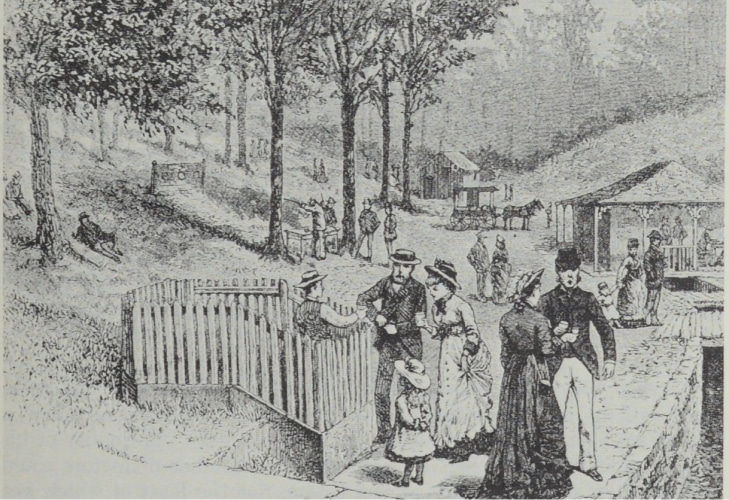
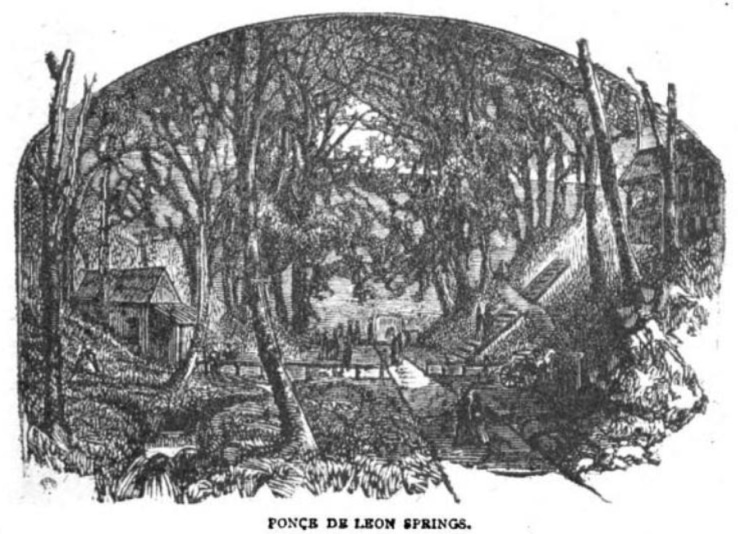
1860
Ponce De Leon Springs
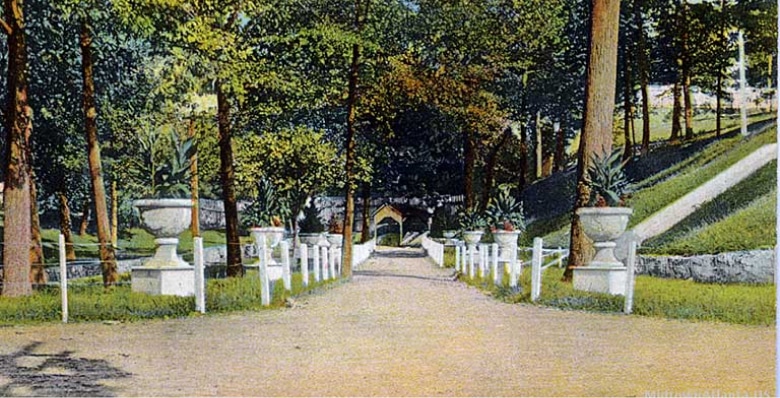
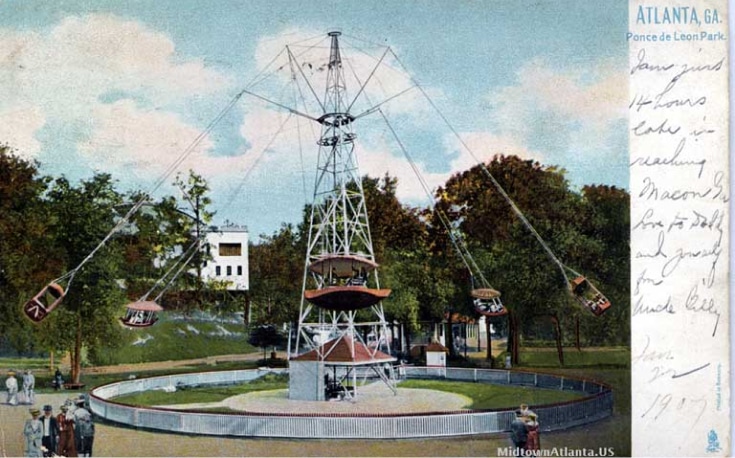
1903
The coney island of Atlanta
The springs and the surrounding gardens are converted into the Ponce de Leon amusement park, which becomes one of the most popular destinations in the city. Visitors to the amusement park dub it “The Coney Island of Atlanta.”
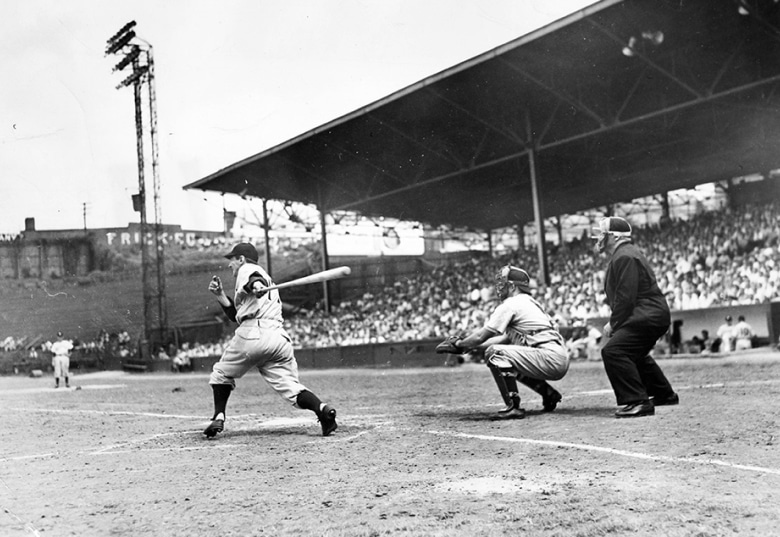
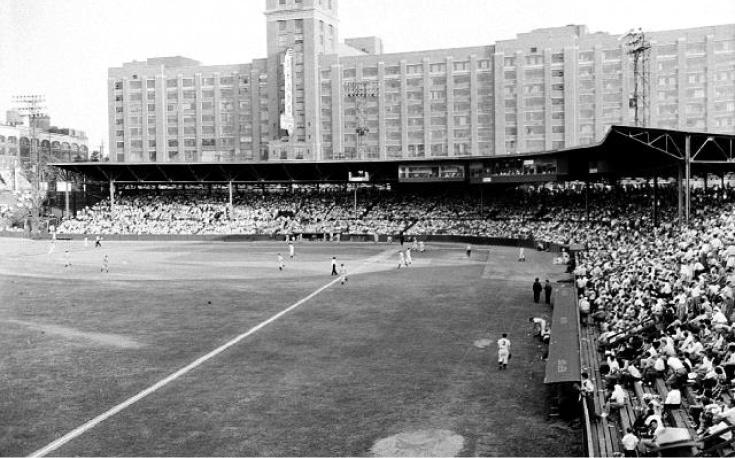
1907
Baseball comes to Ponce
The lake across from the Ponce de Leon amusement park is drained, filled in, and converted into the Ponce de Leon ballpark and bleachers that houses the minor league Atlanta Crackers team until their move in 1965 to Atlanta Stadium.The stadium also hosts the Black Crackers from 1919 to 1952
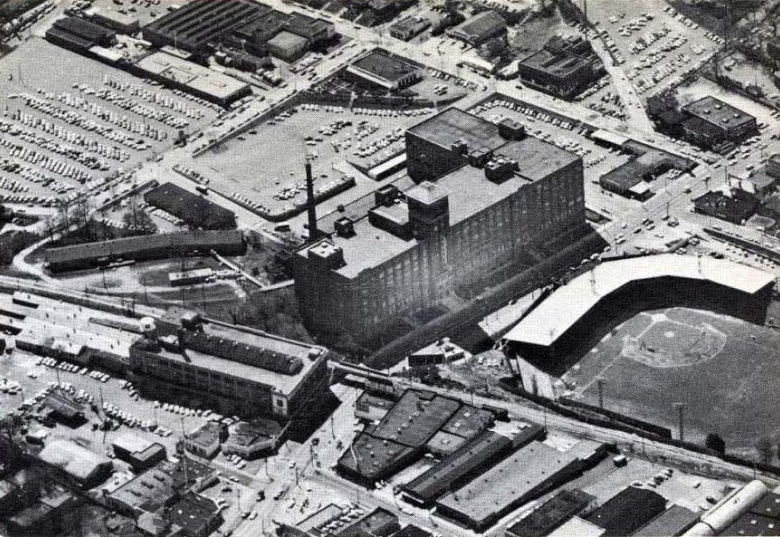
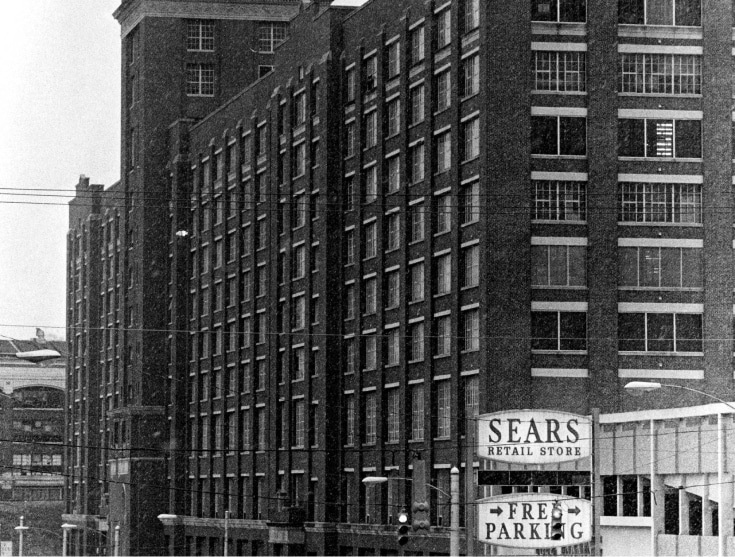
1925
Sears, Roebuck & Co
The Ponce de Leon amusement park closes in the early 1920s and Sears,Roebuck & Co of Chicago purchases 16 acres of land on Ponce de Leon Avenue for construction of a retail store and warehouse distribution center for the Southeastern US. The site is bounded by Ponce on the north, Glen Iris Drive on the west, North Avenue on the south, and the Southern Railway on the east.
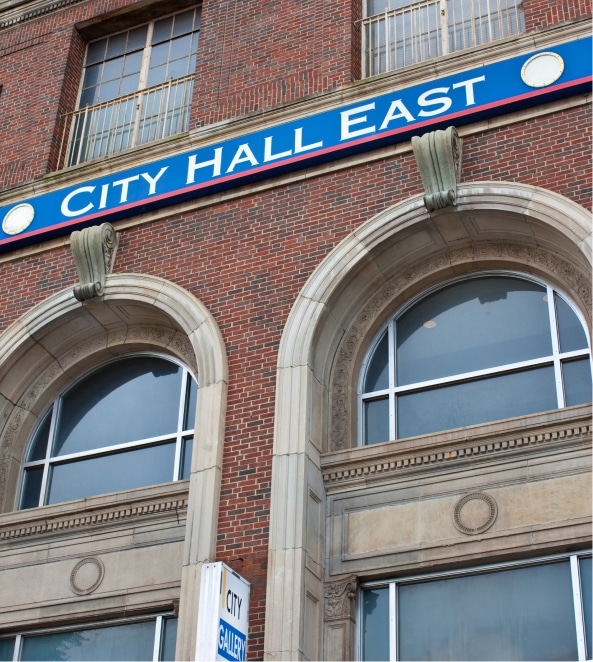
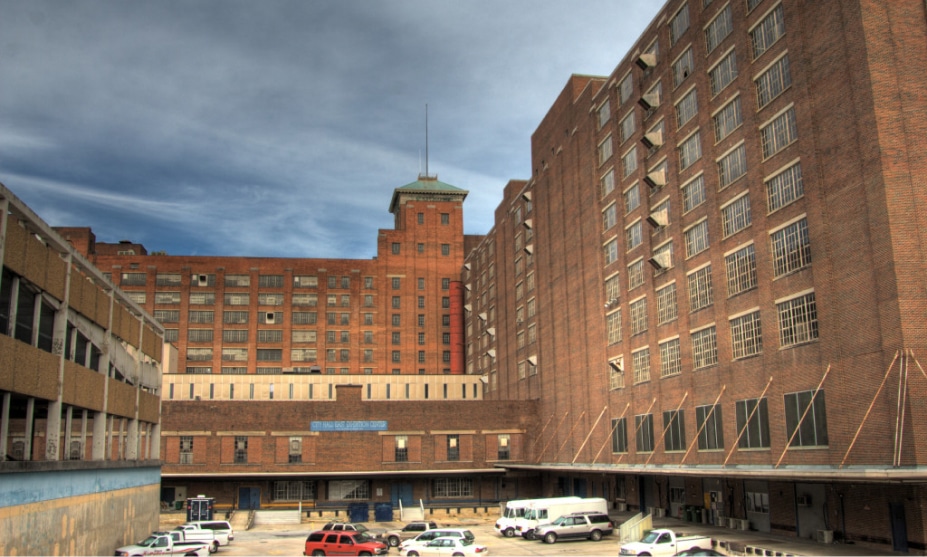
1991
City Hall East
As Atlanta’s metropolitan area spreads, many distribution centers relocate to suburban sites and the building’s role as a warehouse diminishes. The Sears showrooms close in 1989. In 1991, under Mayor Maynard Jackson, the City of Atlanta purchases the building from Sears and converts it into a center for city offices, renaming it City Hall East.
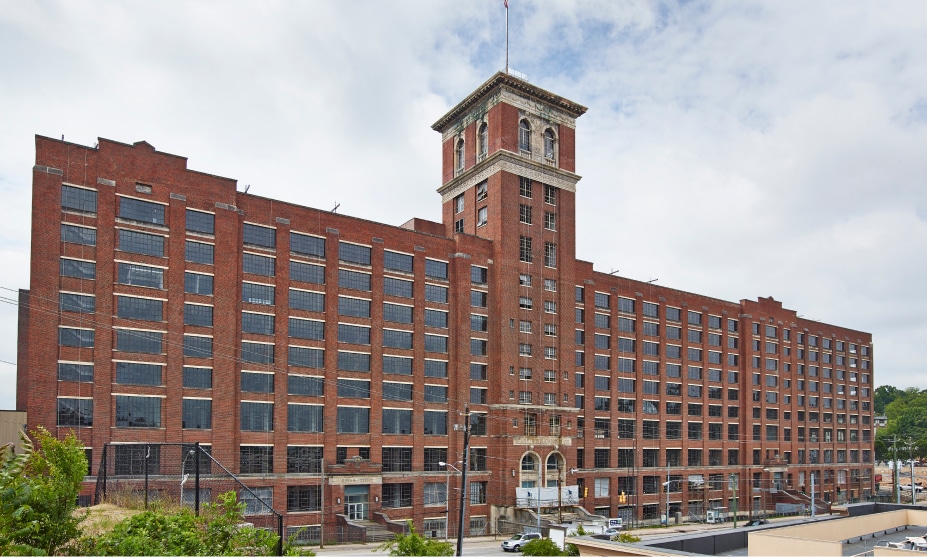
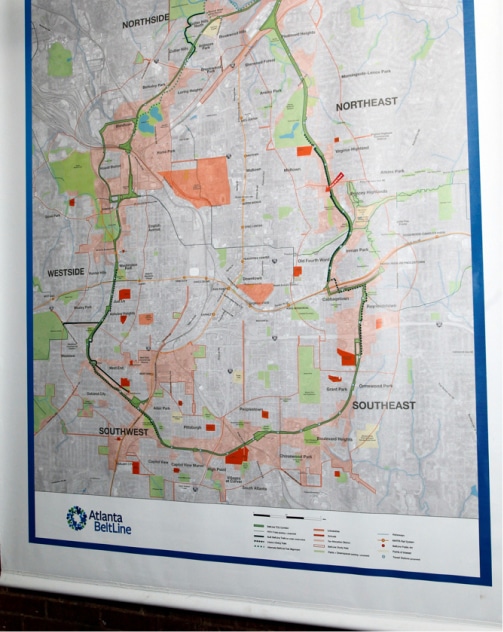
2010
Jamestown inks a deal
After nearly two decades and at only approximately 10% occupancy, the City of Atlanta determines that they should sell City Hall East. Recognizing the potential in this historic structure at the crossroads of four established neighborhoods and on the future Atlanta BeltLine transit corridor, Jamestown inks a deal to purchase the building.
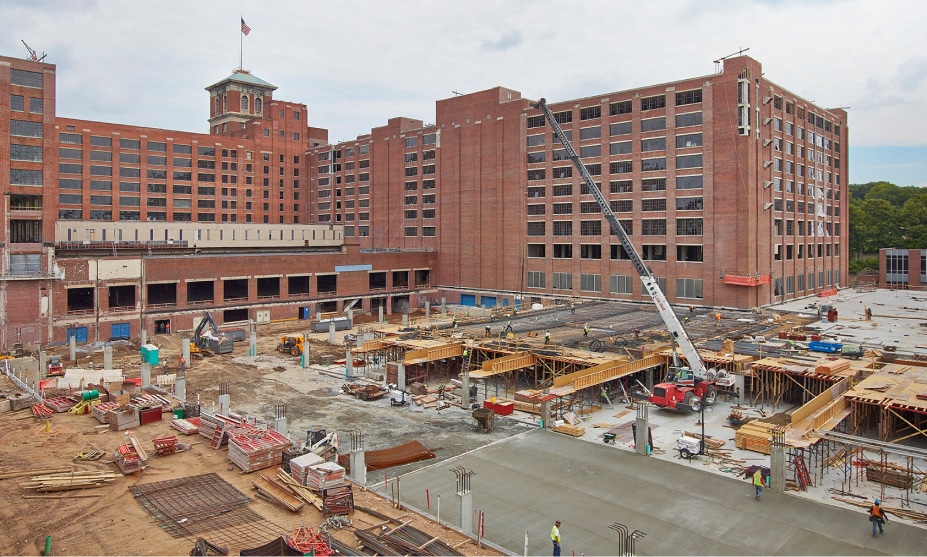
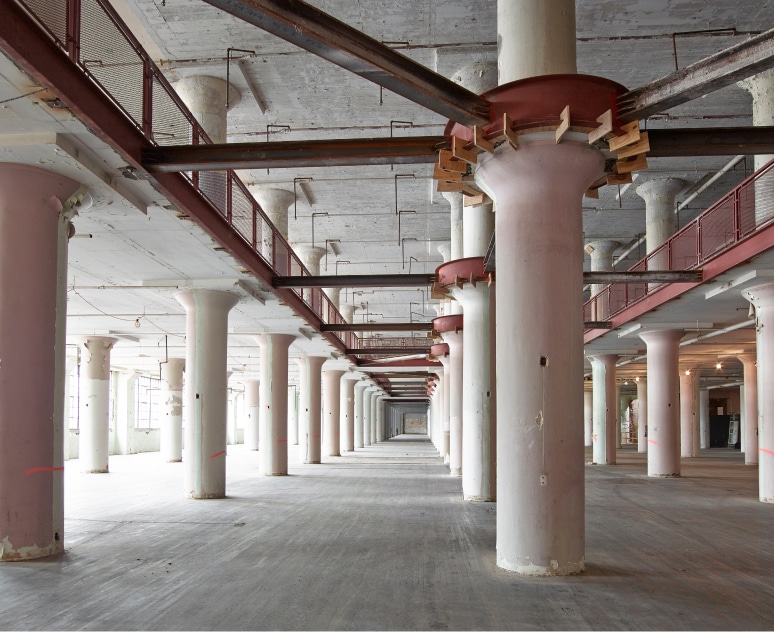
2011
Jamestown breaks ground
Jamestown embarks on a restoration of the structure honoring its history. The mixed-use plans and adjacency to the BeltLine evokes the historic relationship that the area has with transit, entertainment, retail, and business that stems back over a century.
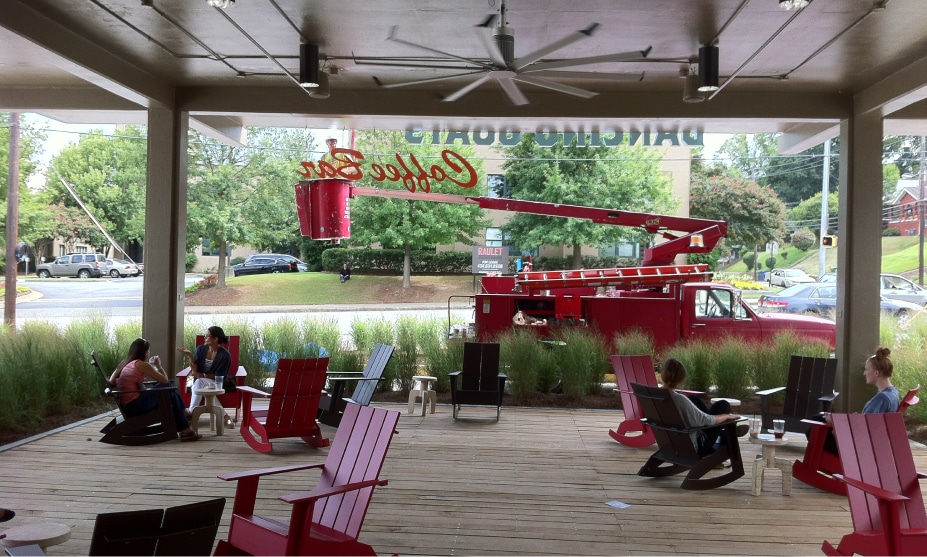
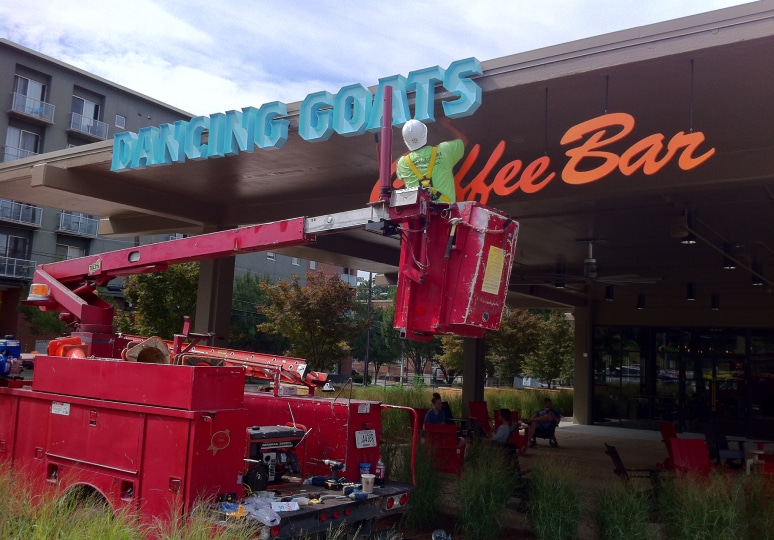
2012
PCM’s first tenant opens its doors
Dancing Goats Coffee Shop opens as Ponce City Market’s first tenant in the summer of 2012. With their extraordinary single origin and blended coffees and neighborly atmosphere, Dancing Goats instantly serves as a hub for the community.

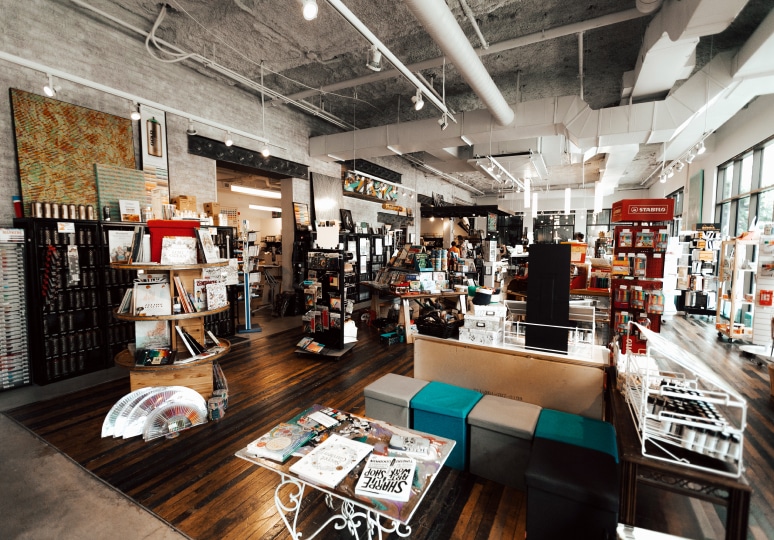
2014
Ponce City Market grows
Suzuki School, Binders, The Flats leasing office, Ponce Gallery, General Assembly, athenahealth, and more kick off the first wave of rolling openings that will ultimately lead to a fully open Ponce City Market. In early 2014, Travel + Leisure ranks Ponce City Market in its list of “The World’s Coolest New Tourist Attractions.”
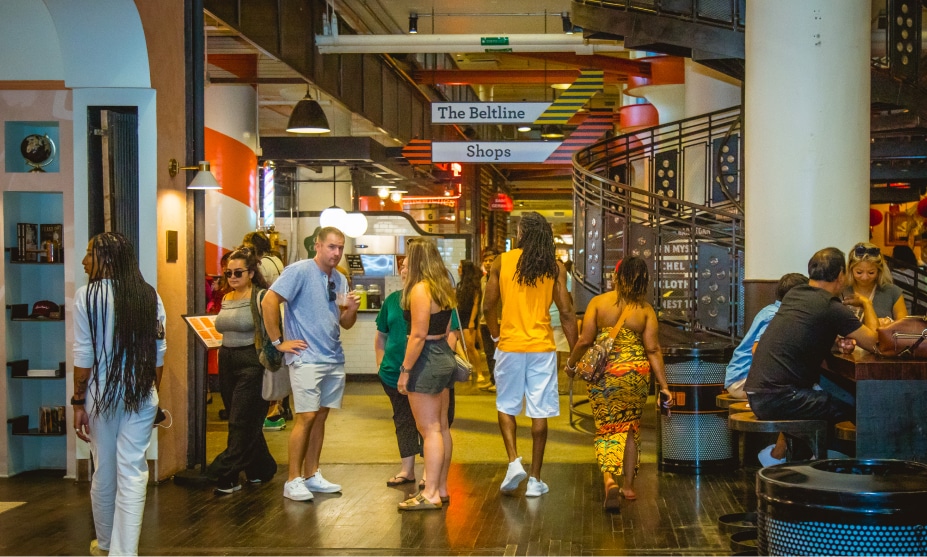
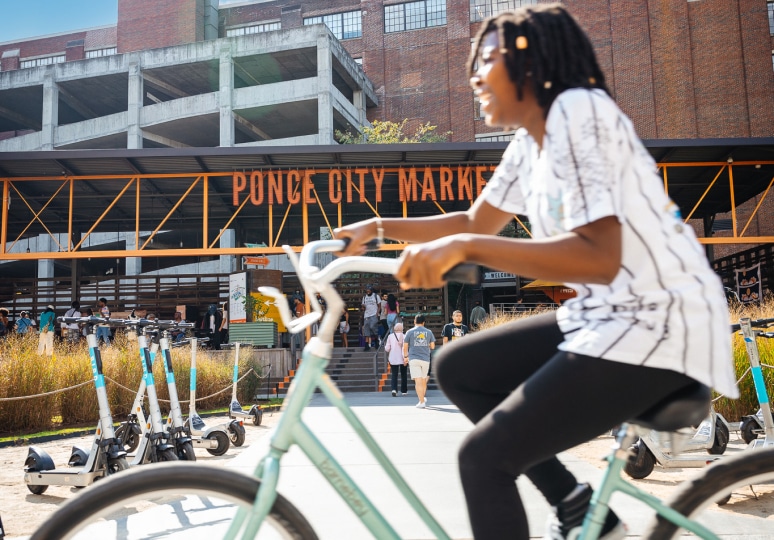
2015
Becoming a destination
Shops, the Central Food Hall, and BeltLine access open, welcoming neighbors and friends to come experience Ponce City Market.
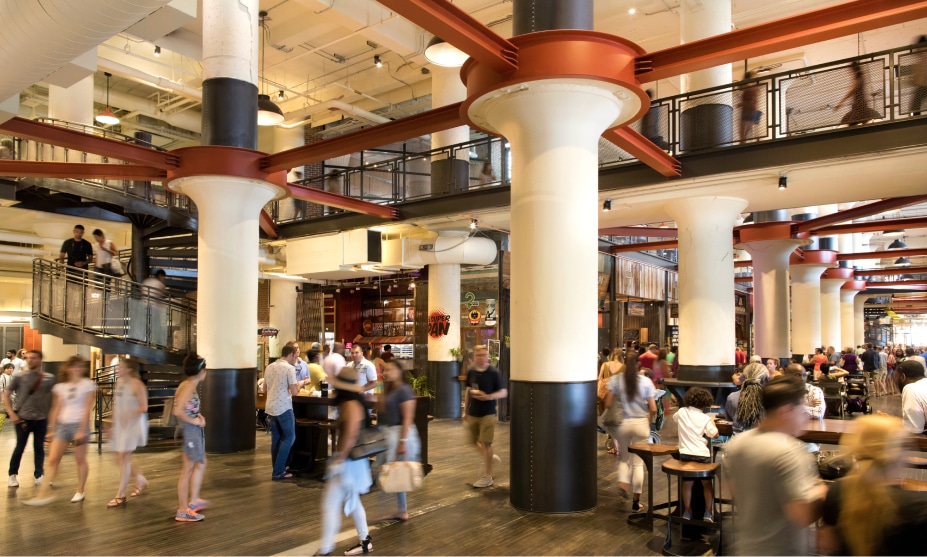
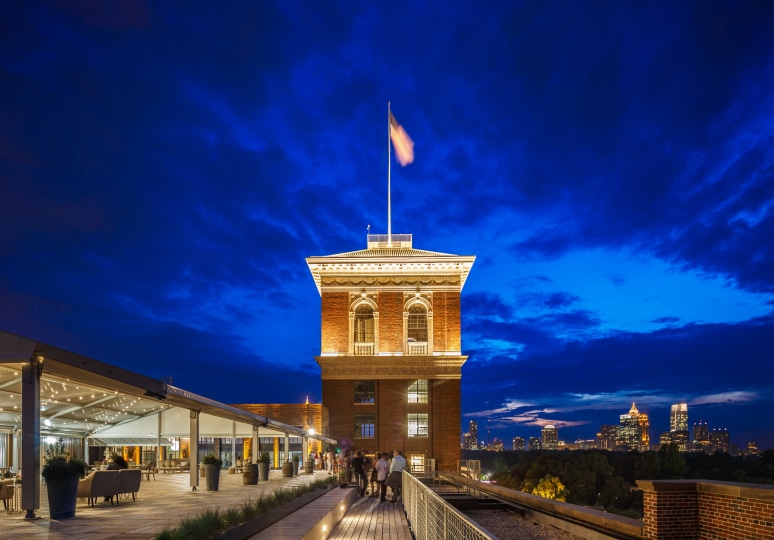
2016
History in the making
The National Trust for Historic Preservation recognizes Ponce City Market as “History in the Making,” and part of a plan “to move Atlanta forward while maintaining and emphasizing the city’s unique history and culture.”
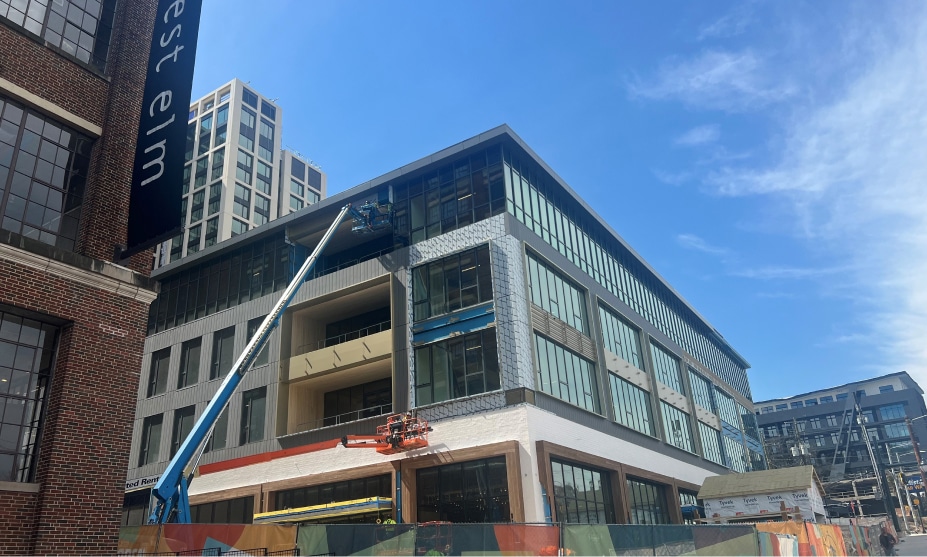
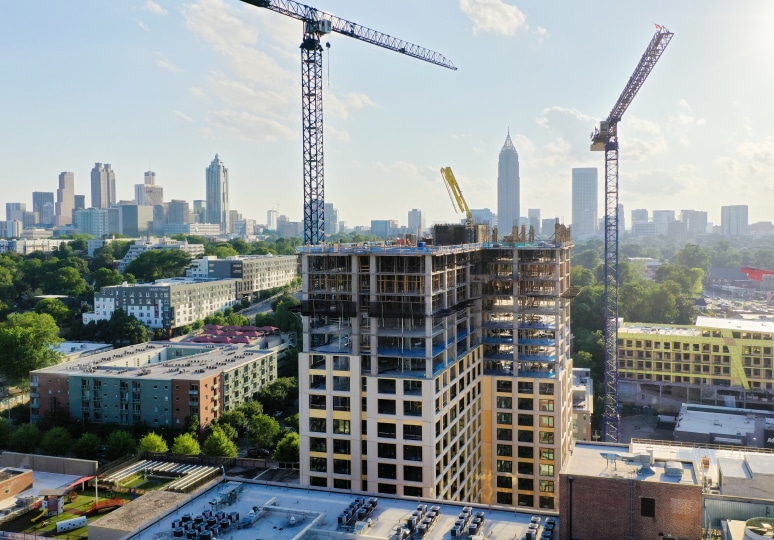
2020
Eyes towards the future
Jamestown announces Ponce City Market’s Phase 2 expansion, which will add 500,000 square feet of office and living space, including 400 “hospitality living” units, which are somewhere between a hotel and an apartment, with amenities like housekeeping and laundry service.
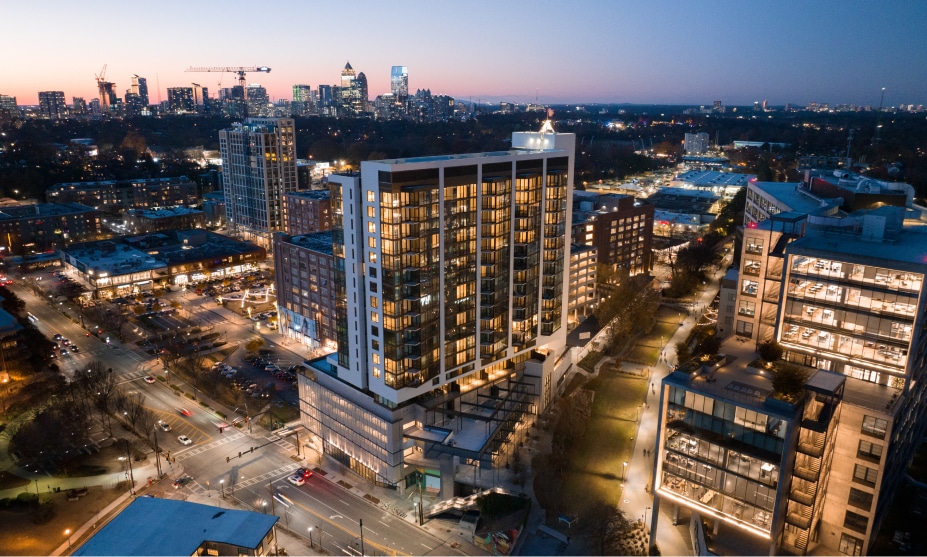
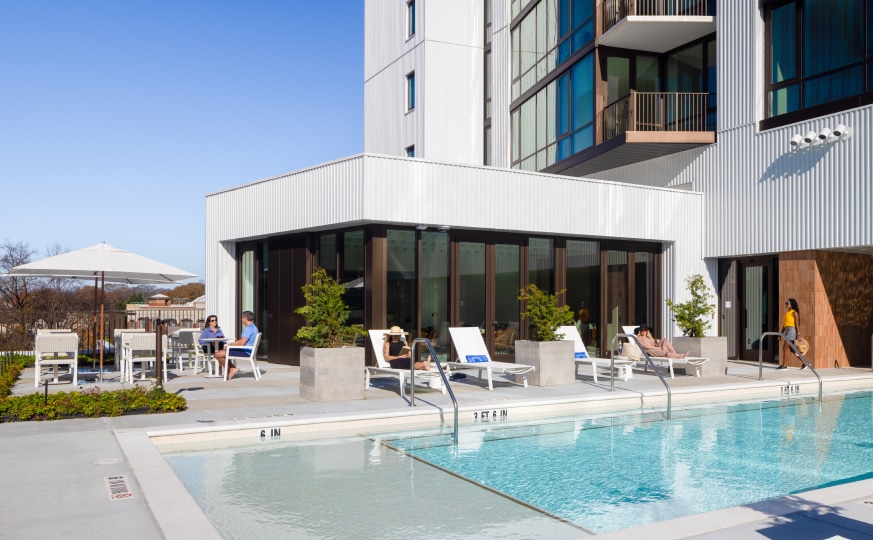
2023
Signal House leases its first residents
Signal House, a 21-story, 162-unit residential rental community, featuring 155,198 SF of living space with 3,331 SF of BeltLine-facing retail.
